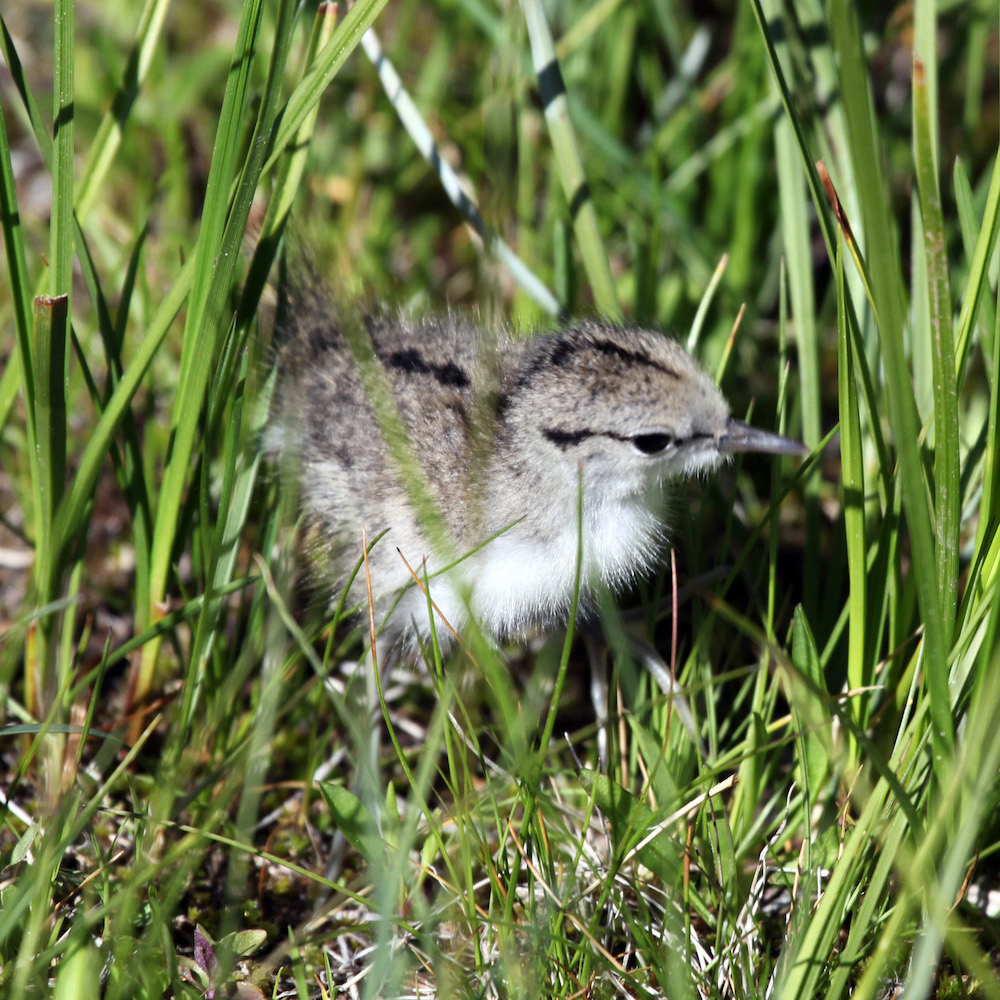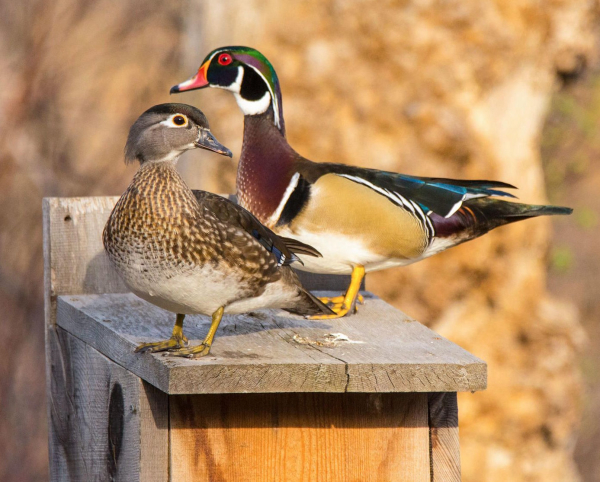So, You Found a Baby Bird; Now What?
By Glen Wunderlich
Charter Member Professional Outdoor Media Association (POMA)
Much of the information below is provided by the Utah Division of Wildlife Resources.
Springtime is for the birds and it won’t be long before we are blessed with the sights and sounds of a new crop of young ones. In fact, newly hatched crows have already been heard and it won’t be long before myriad perching birds join the chorus. Intricate nest construction emanates from instinct and takes on forms peculiar to each species in their quest to survive all manner of weather and threats from predators. However, high winds and exuberant nestlings are sometimes found on the ground well before they can fly or otherwise fend for themselves. Finding a flightless bird can be a perplexing situation, so here are some suggestions to give Mother Nature a helping hand.
Naturally, we want to rescue the vulnerable youngsters but we need more than good intentions; sometimes we need a ladder. A case in point was thrust upon me years ago when I found a fledgling Kingbird in the yard below a massive red pine. In most cases it’s best to leave them alone, because the parents are well aware of what’s happened and will get them through a few days until they are able to fly. But, the issue was complicated by the fact that we had domestic cats that instinctively would have other ideas.
After locating the nest, an extension ladder was positioned below a supporting limb in conflict with the parents’ innate desire to protect their offspring. As a longtime birder, I was well aware of the aggressive nature of the fascinating flycatchers and prepared for the ascent by donning a hardhat just in case. Before getting to the nest, repeated aerial attacks were thwarted by the headgear and the mission was accomplished. If one is concerned that the birds will abandon their young, because we’ve left our scent on them, it’s a myth; most birds have no sense of smell.
The last thing to do in such situations is to take young birds home and to begin feeding them. Specific diet requirements are required and feeding them the wrong foods can be lethal! Never feed wild birds bread – especially ducks and geese! Bread causes “angel wing” in ducks and swans, and is irreversible in adults. Once contracted, they cannot fly, and die from starvation because they can’t migrate. Furthermore, moldy bread is extremely toxic to all birds. If a duckling is found on the ground and looks like it’s been separated from its parents, don’t move it or try to put it in water. Baby ducks should be left alone, unless they are trapped in a storm drain or somewhere else dangerous, as in a swimming pool.
If a bird is featherless, it’s best to put it back in the nest, because they are completely dependent on their parents. If the nest cannot be found or reached, try to put the bird on a branch out of the reach of cats and dogs and trust the diligent parents to find it.
If the baby bird is hopping about, they are called fledglings. They have most of their flight feathers and are very close to taking their maiden flight. If it’s not in obvious danger, its parents will be aware of its location and will feed it. If the bird isn’t in danger, leave it where you found it. This awkward “hopping” stage typically lasts a few days and is part of the natural process before taking its first flight. If you think the fledgling is in immediate danger, then move it to a safer spot nearby. However, if you can’t catch the bird, just leave it alone.
Understand that possessing wild animals is against the law, unless one has special permits. Fortunately, our Department of Natural Resources maintains a list of licensed rehabilitators of various expertise. The online address is here: Michigan Licensed Rehabilitators (michigandnr.com) and shows which animals they handle.






